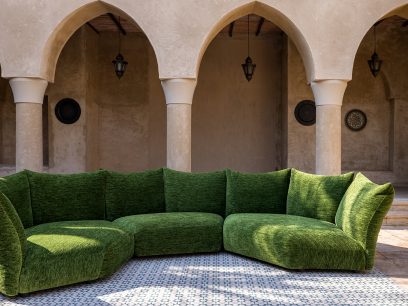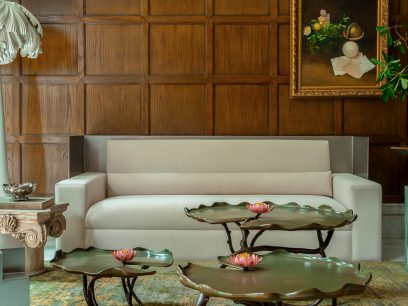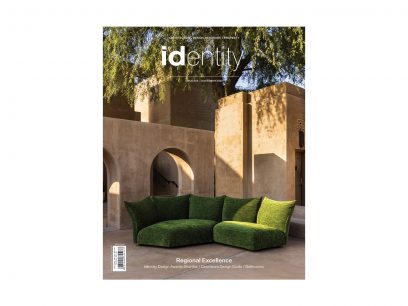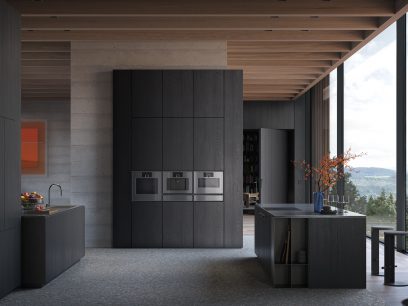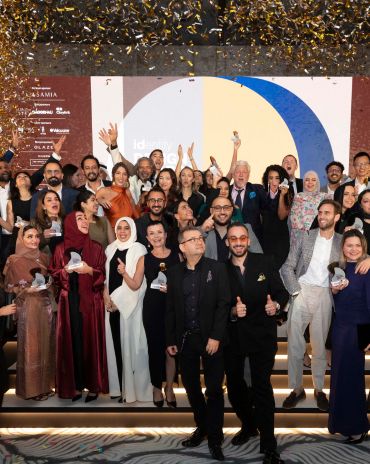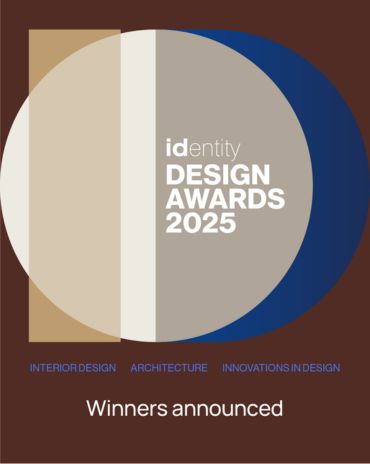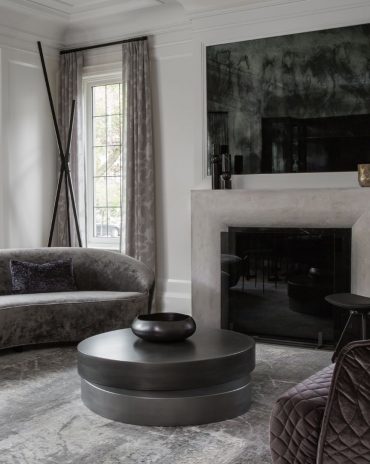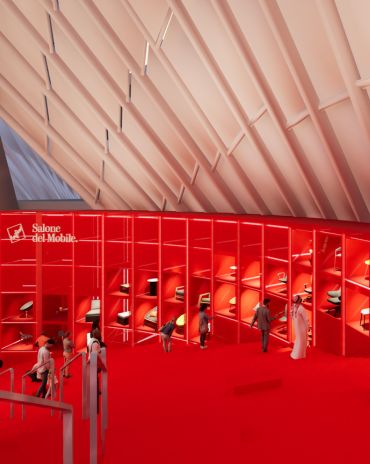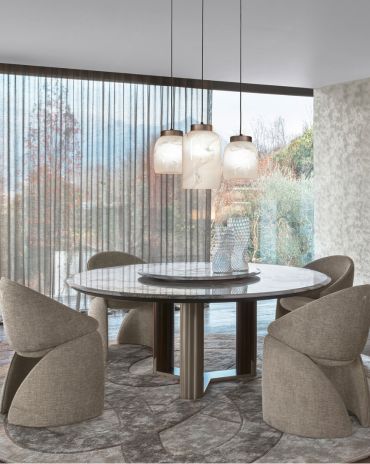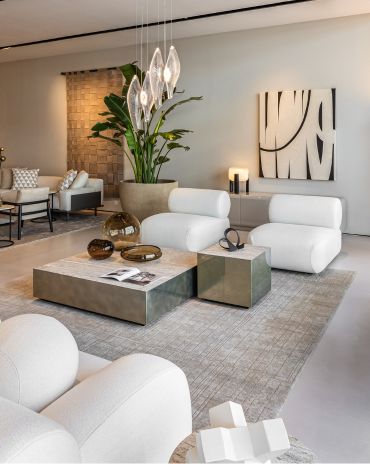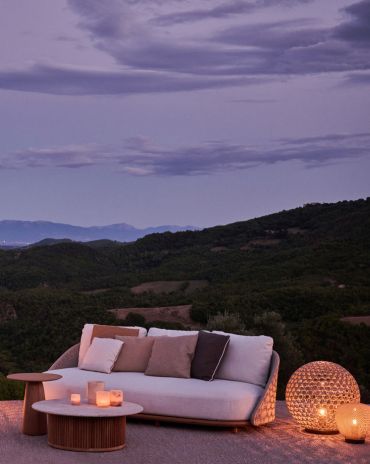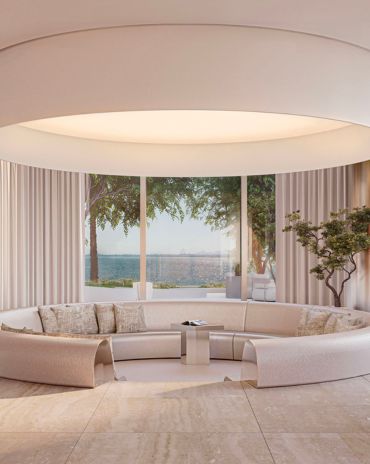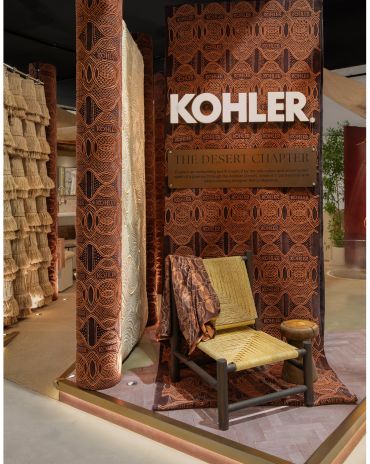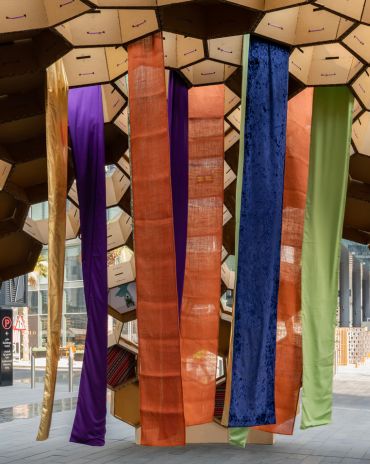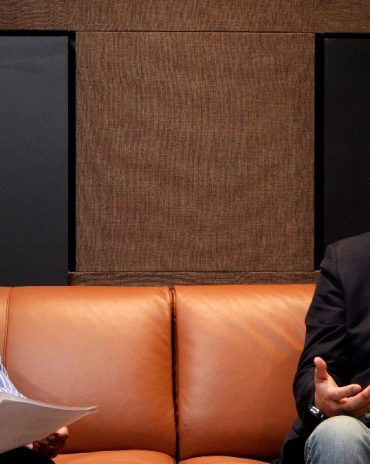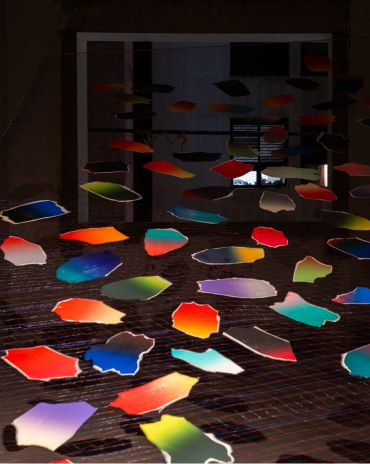Copyright © 2025 Motivate Media Group. All rights reserved.
Design Take: Fairmont Tazi Palace
OBMI and Katara Hospitality breathe new life into a 1920s royal residence, balancing heritage and modern luxury on the eucalyptus-clad slopes of Tangiers, Morocco.
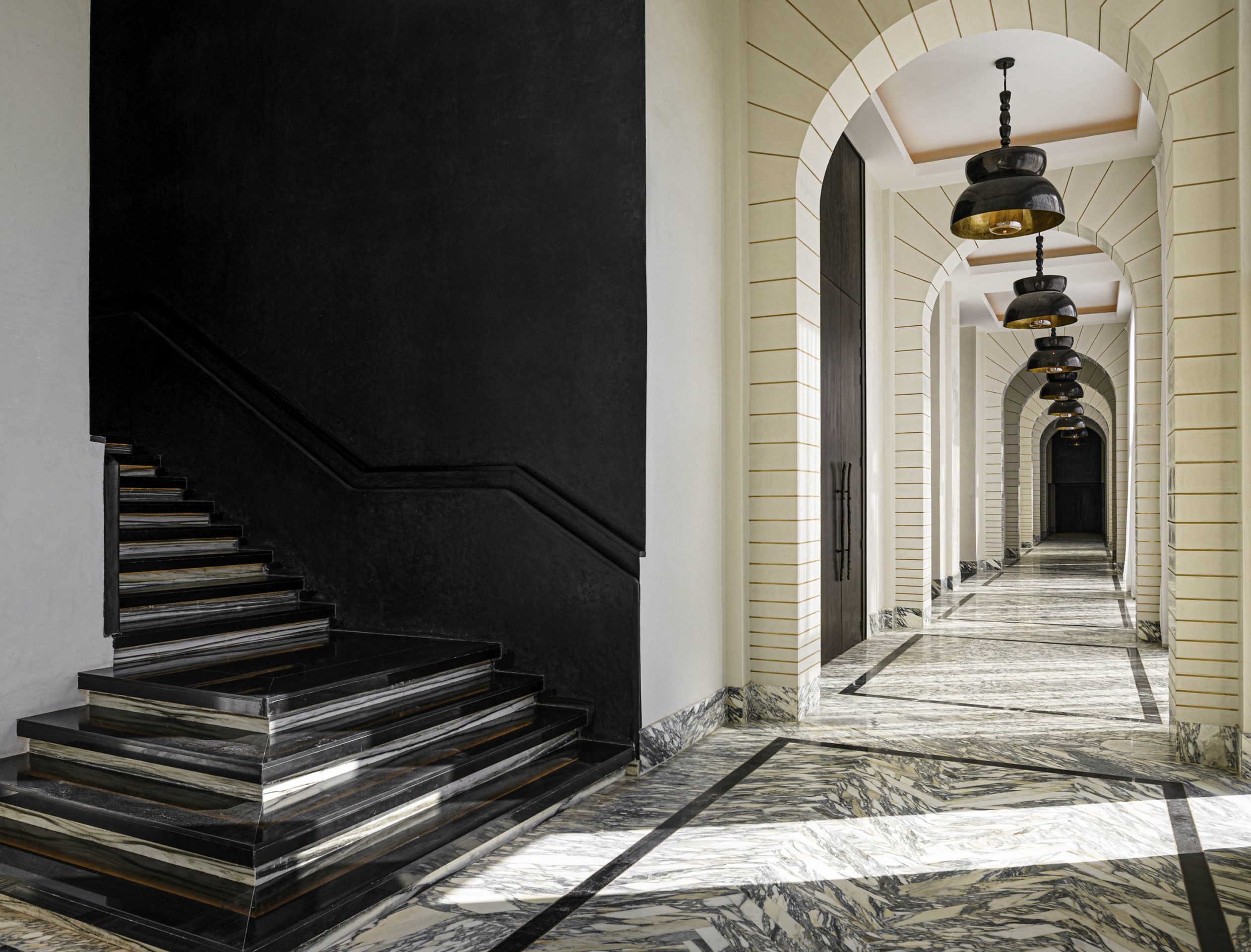
Once a royal residence commissioned by the King’s advisor, the building stood dormant for decades—unfinished, overlooked, and quietly fading into obscurity. Today, it is reborn as a 133-key luxury hotel, a transformation that embraces the palace’s historic soul while positioning it firmly in the global luxury landscape. When Katara Hospitality entrusted OBMI with its revival, the commission was far more than a hotel project, but an act of cultural resurrection. The brief called for reverence, precision, and poetry: to transform the decaying estate into a 133-key Fairmont luxury destination that could captivate contemporary travellers while remaining deeply rooted in Morocco’s cultural and architectural traditions.
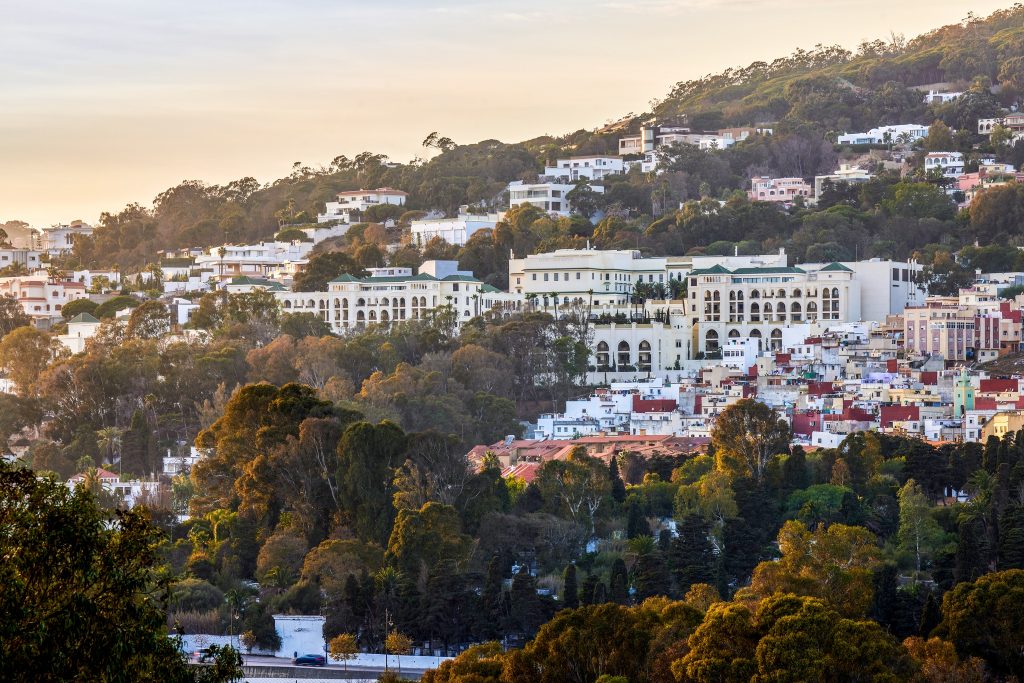
The project’s vision was anchored in adaptive reuse, rather than reconstruction. OBMI treated the palace as a living archive—a repository of memory whose story could be extended rather than rewritten. Every design choice honoured the building’s original fabric: hand-carved cedar ceilings, restored Moorish arches, preserved zellige tilework, and original terraces that once hosted Tangier’s elite were brought back to life. OBMI’s aim was to cultivate a feeling of “Contemporary Moroccan Splendour”.
The site spanning 3.6 hectares of steep, terraced land was integral to the design approach. Buildings cascade down the hillside in rhythmic layers, interspersed with gardens, pools, and shaded walkways that echo the natural contours of the terrain. This terraced choreography preserves panoramic views and minimises environmental disruption. The surrounding eucalyptus groves, citrus gardens, and water features are not decorative afterthoughts, but essential components of a hospitality experience rooted in cultural and ecological continuity.
The palace’s resurrection demanded both technical mastery and narrative sensitivity. OBMI collaborated with engineers, restoration specialists, and local artisans to retain the building’s original shell while strengthening it to meet modern standards. Years of abandonment had left the structure fragile, while the site’s steep gradients and dense vegetation posed logistical challenges. Rather than fighting the terrain, the design embraced it: hotel wings were sculpted into the hillside, vehicular and service circulation was hidden underground, and the eucalyptus groves were preserved as part of the hotel’s environmental stewardship.Structural retrofitting, passive cooling strategies, and geotechnical modelling ensured that the new works complemented the historic frame. Kitchens, loading bays, and mechanical systems were embedded into the earth so that guest-facing areas could remain uninterrupted and poetic.
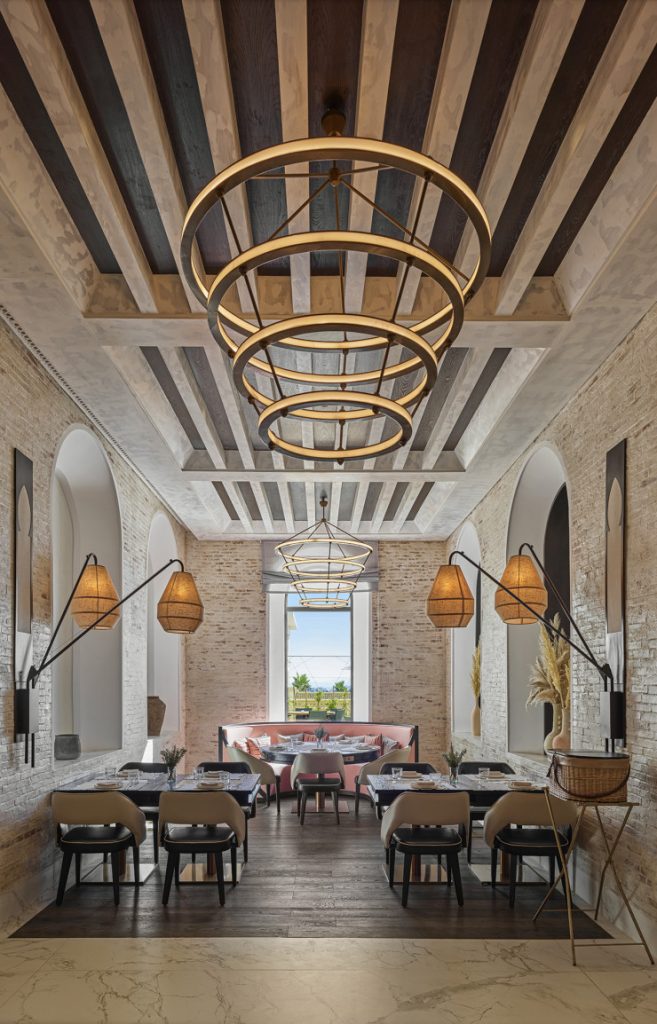
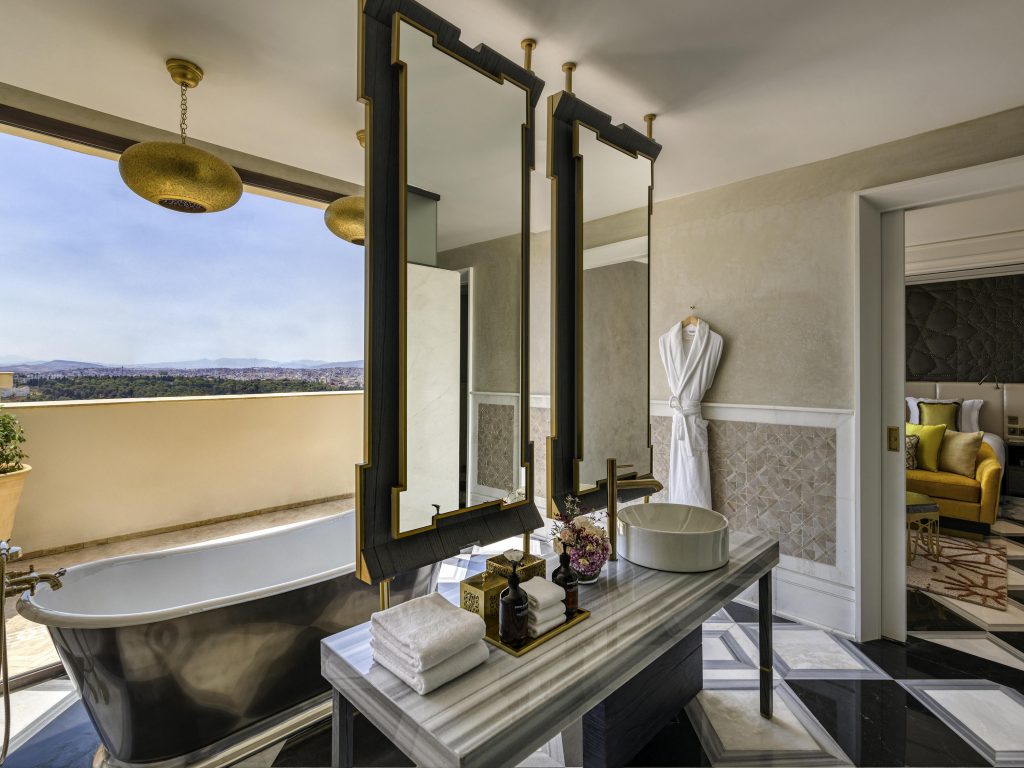
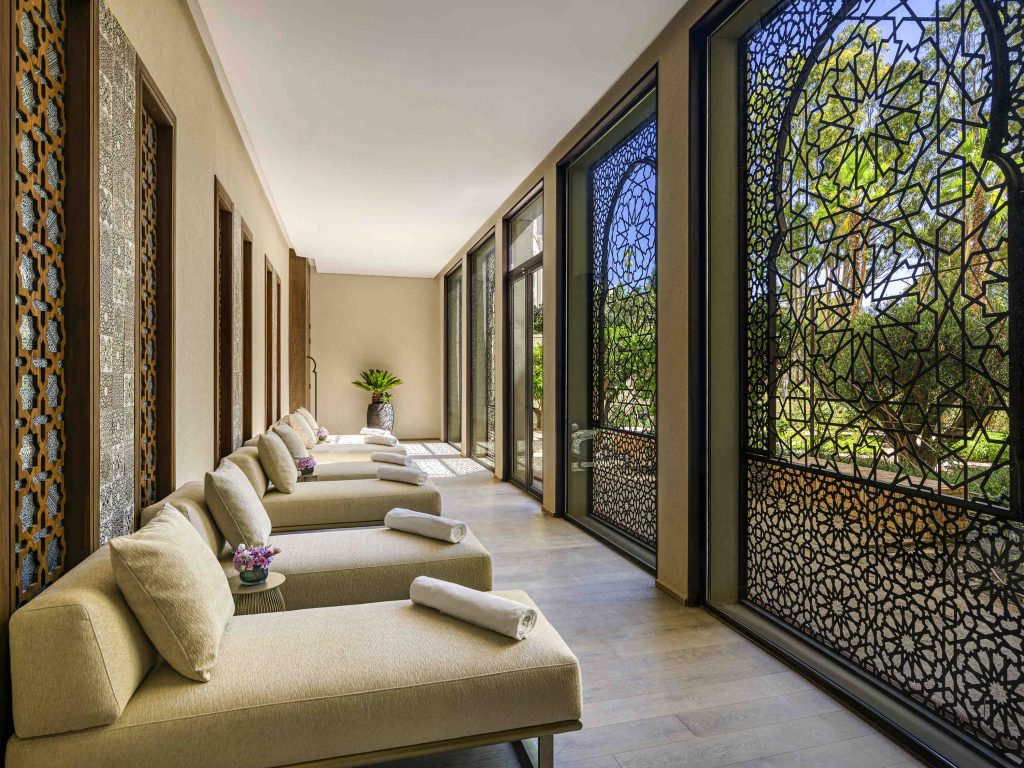
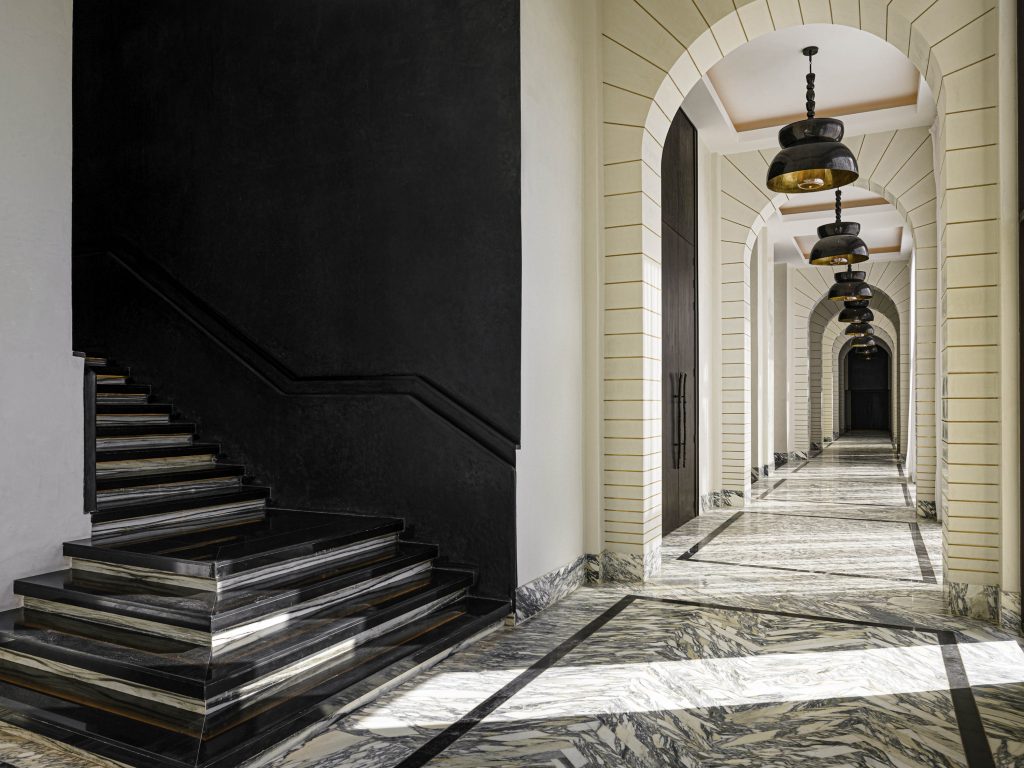
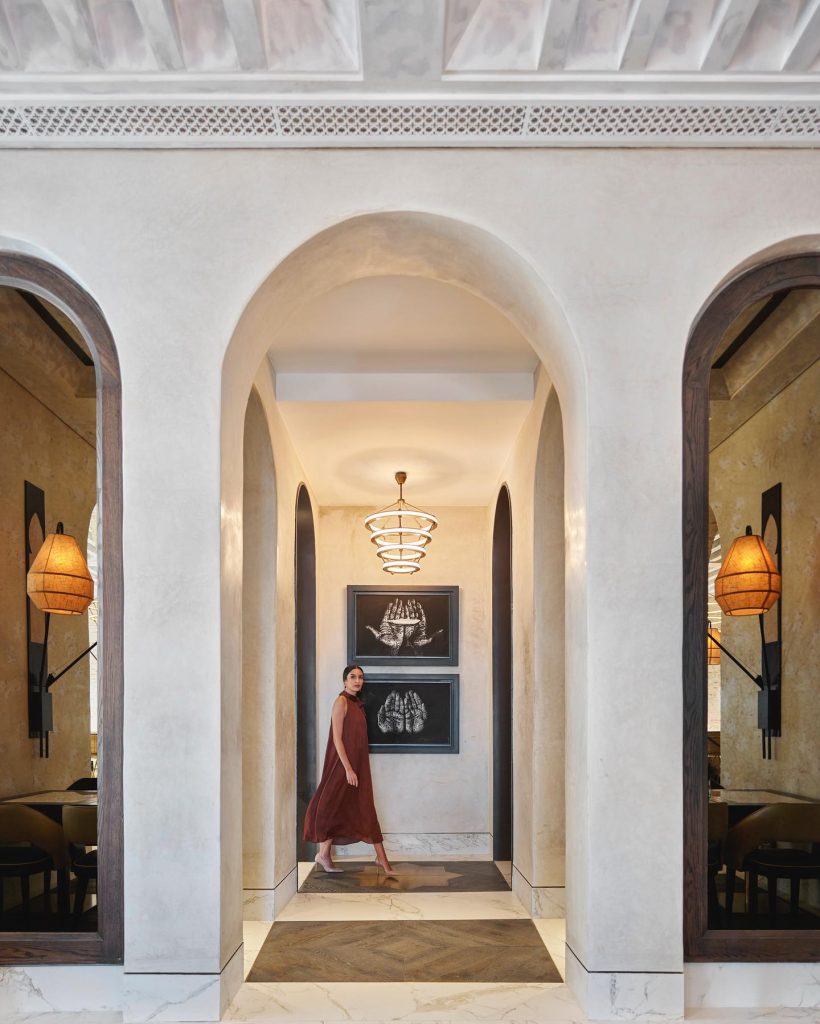
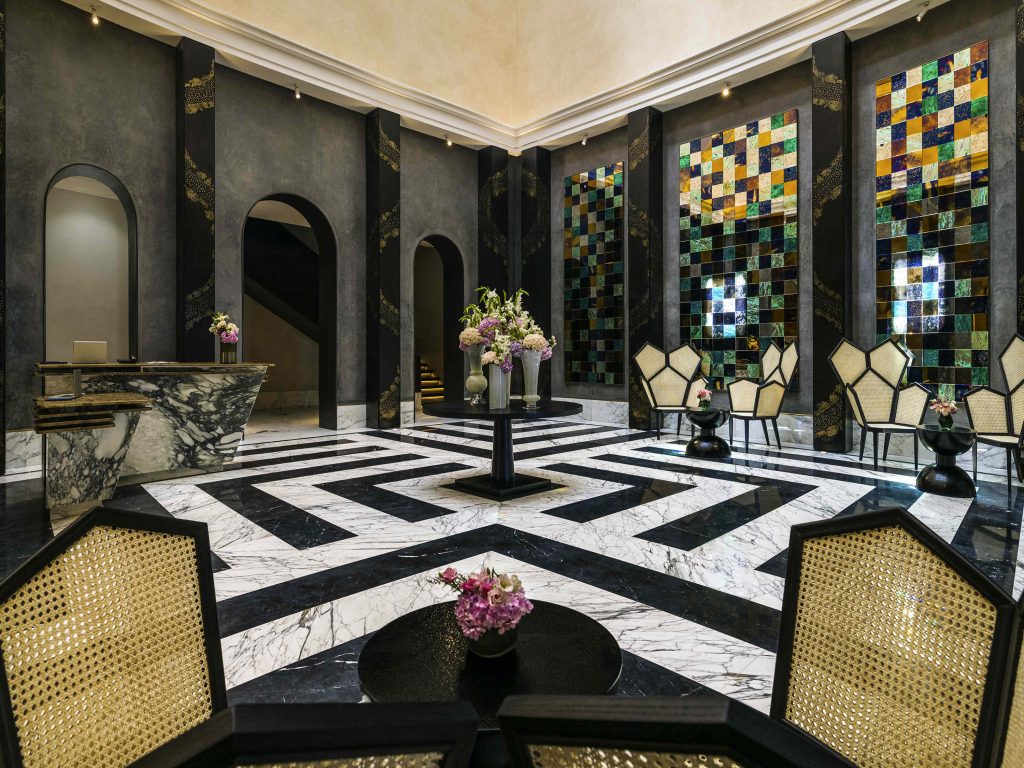
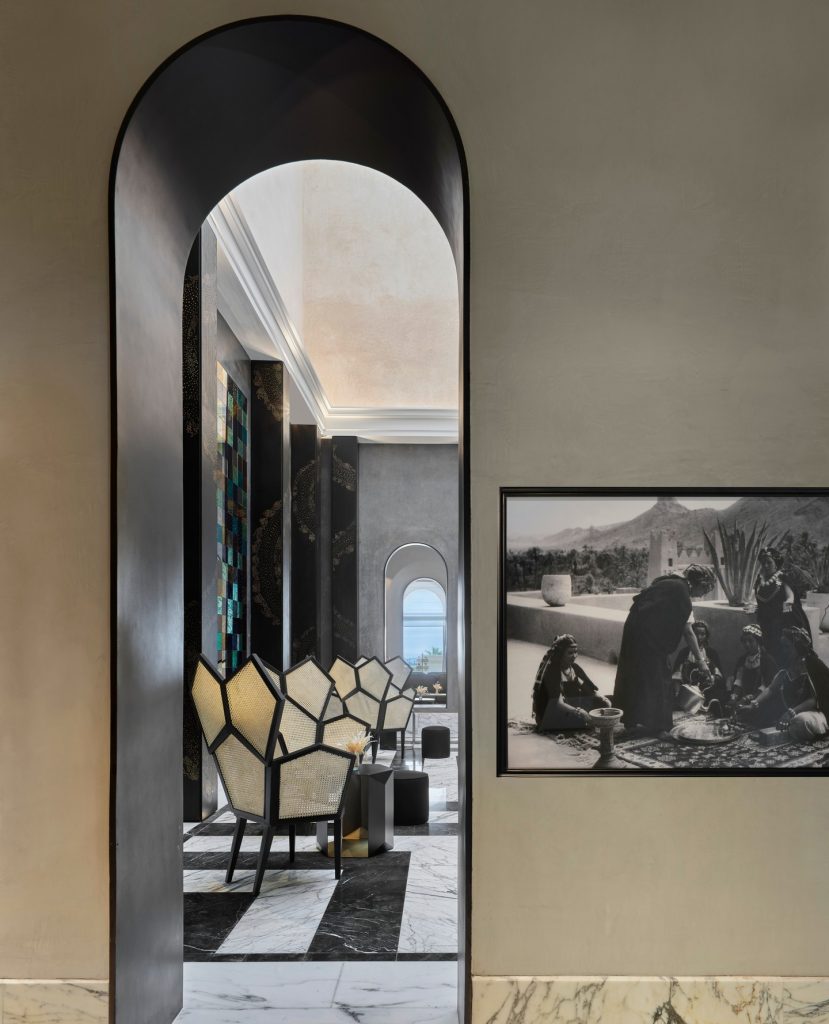
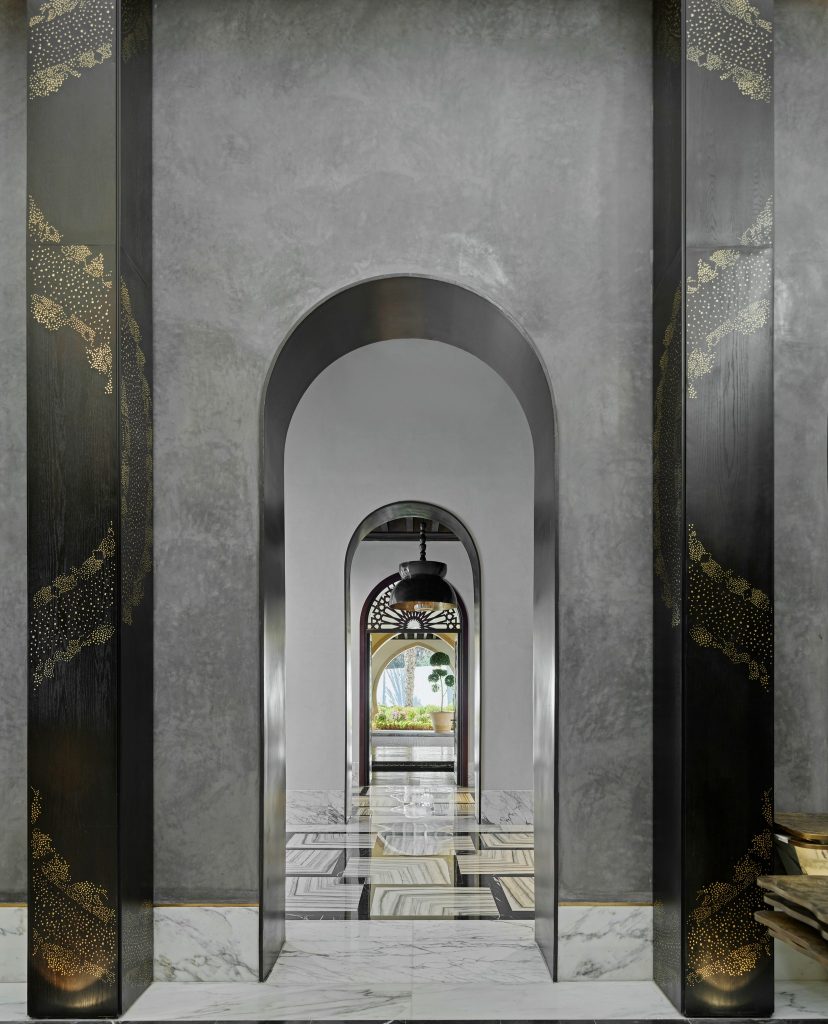
The guest journey unfolds as a series of architectural encounters. A central atrium courtyard brings natural light deep into the heart of the original palace. Royal Villas are discreetly nestled into the landscape. The contemporary hammam, inspired by ancient rituals, offers a sensory connection to Morocco’s bathing traditions. Suites and public spaces are dressed in polished tadelakt, woven textiles, and intricately carved metalwork.
Ultimately, the Fairmont Tazi Palace Tangier demonstrates that preservation and progress need not be opposites. With sensitivity and imagination, historic structures can be adapted to serve present-day needs while safeguarding yesterday’s stories. This is architecture as cultural stewardship—measured, respectful, and enduring.
The Latest
In photos: Winners at the identity Design Awards 2025
Presenting the winners of 2025 identity Design Awards.
Identity Design Awards 2025 – Winner’s List
Here are the winners of the identity design awards 2025
Hogg’s Hollow
Set along the bend of a quiet river and sheltered within a mature, tree-lined enclave of Toronto, this riverside residence offers a dialogue between structure and softness, restraint and warmth
Salone del Mobile.Milano Paints Riyadh Red
The “Red in Progress” installation marks a powerful first step toward the city’s full-scale 2026 edition
An interview with Fabio Masolo on the Giorgio Collection
A conversation on passion, timeless design, and bringing Italian craftsmanship to the world
European Design, Instantly Within Reach
In a city where design dreams often come with long lead times, Caspaiou brings a refreshing difference – luxury, curated and available now
Shaping Tomorrow’s Interiors
Here’s what awaits at the OBEGI Home showcase at Dubai Design Week
Maison Margiela Residences
Conceived by Carlo Colombo, these bespoke residences will be located on the Palm Jumeirah
The Desert Chapter by Kohler and Marco Maximus
A fusion of design, culture, and the colours of nature
Downtown Design 2025 – The Highlights
A showcase of innovation, craftsmanship, and design excellence
In conversation with: Simon Wright of TGP International
identity interviews the Chairman and Founder of TGP International on the beginnings of the business and how the company shapes human experiences and memories in the hospitality industry.
We Design Beirut Edition Two: A Collective Revival
Uniting designers, artisans, and visionaries to reimagine Beirut’s future

